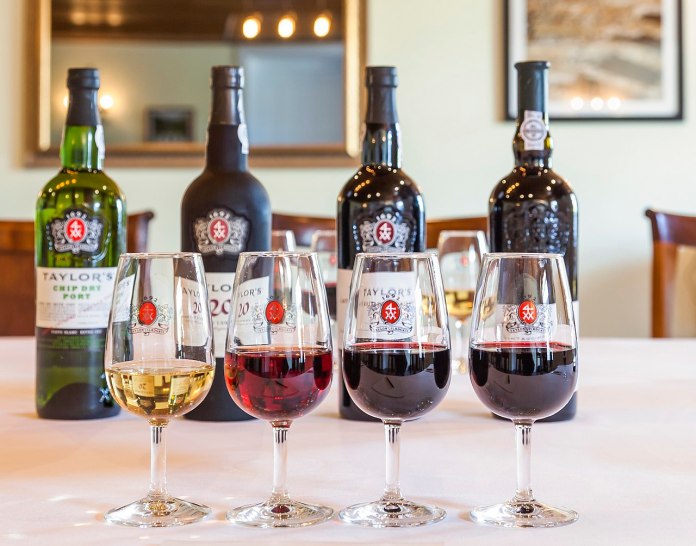by Zhiqi Wang
Beverages are a big part of our global culture; not only do they complement local cuisine, they’re also sometimes used for celebrations or drunk on special occasions. However, beverages are often in the shadows of their popular food cousins, and they deserve more recognition as symbols that define one culture from another.
While it’s not possible to travel for now, we should be grateful that globalisation has now made it possible to try many of these beverages from the comforts of our homes.
Bubble Milk Tea: Taiwan

Bubble milk tea is one of those things that was supposed to be a trend, but it never faded away. The drink was born in Taiwan, where tea is commonly cultivated throughout the country. Made with freshly-brewed tea, with milk added to reduce the drink’s acidity, milk tea became ‘bubble tea’ when chewy tapioca pearls are added to the drink – it made the drink ‘fun’. Since its initial popularity in the 90s, bubble milk tea has caught the attention of many countries in Asia (and beyond), drawing long queues of customers everywhere they are sold.
Port Wine: Portugal

Port wine is more than just a wine – with 20% alcohol content, it’s a fortified wine, which means alcohol is added during the production process to prematurely stop fermentation. This preserves the sugar in the beverage, making it sweeter than regular wine. Produced exclusively in Portugal’s Douro Valley, port wine is exported via the city of Porto which lies at the end of the valley. Like the production of regular wine, the process for port also involves people dancing in the fermentation pool to extract the nutrients from the grape skin to preserve all the goodness, often with music and glasses of port.
Moroccan Mint Tea: Morocco

Located on the northern edge of Africa, Morocco is known equally for its deserts as well as its Morrocan Mint Tea. In Morocco, it is served throughout the day and is made of 4 simple ingredients: mint, sugar, water, and gunpowder tea. Gunpowder tea may sound exotic, but it really is just a type of green tea whose leaves are rolled into a round pellet. Traditionally, Moroccan Mint Tea can be really sweet, but you can opt for less sugar or no sugar at all. Mint is known to relieve symptoms of indigestion and heartburn, and acts as a powerful antioxidant.
Yerba Mate: Argentina, Uruguay

Yerba Mate is the quintessential South American Super Beverage. Dating back to the pre-Columbian era, this tea is often drunk by locals to re-energise themselves after a back-breaking day of work. Strong, bitter, and vegetal, Yerba Mate has a very distinctive taste found in no other beverages. Since its popularisation by commercial tea companies, it has become a hit that’s purported to have all sorts of proposed health benefits. Yerba Mate also reminds us of how we can make use of natural ingredients to heal ourselves.
Root Beer: United States

Root beer reminds all of us all of our childhood, when A&W used to be in Singapore. Now that it’s back in Jewel, the only thing it reminds us of are the long lines when it first reopened, with files of people waiting eagerly to get a sip of the signature Root Beer Float. Root beer dates back to the 19th century in the United States and was invented by pharmacist Charles Hires. Why was it called “root beer”? The “root” refers to the sassafras root used in the drink, while “beer” was a marketing term used to appeal to the beer-drinking segment of the population.











